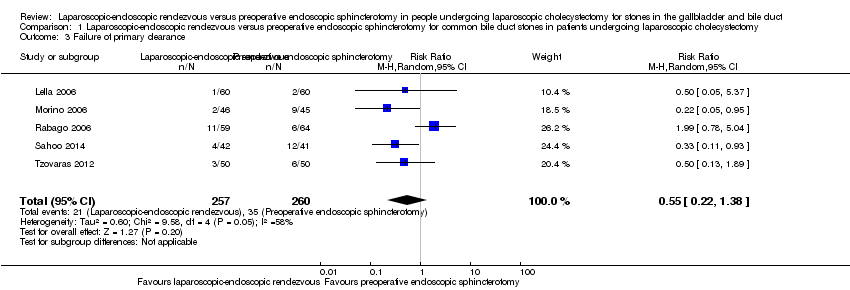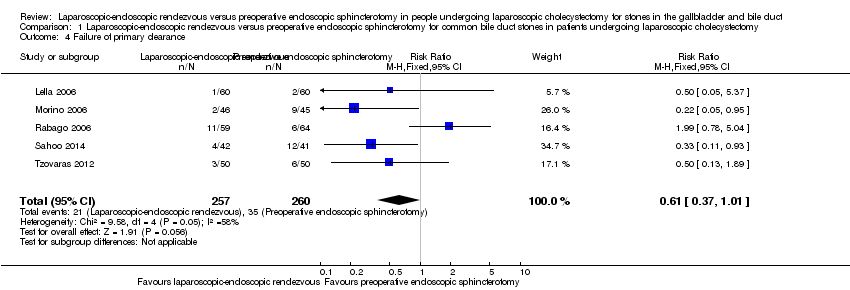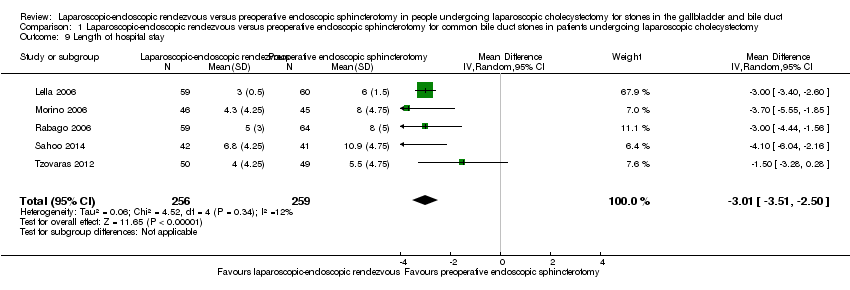Contenido relacionado
Revisiones y protocolos relacionados
Benjamin Weinberg, Waleed Shindy, Simon Lo | 18 octubre 2006
Kurinchi Selvan Gurusamy, Rahul Koti, Brian R Davidson | 21 junio 2013
Kurinchi Selvan Gurusamy, Rahul Koti, Brian R Davidson | 21 junio 2013
Jessica Vaughan, Kurinchi Selvan Gurusamy, Brian R Davidson | 31 julio 2013
Kurinchi Selvan Gurusamy, Jessica Vaughan, Clare D Toon, Brian R Davidson | 28 marzo 2014
Bobby VM Dasari, Chuan Jin Tan, Kurinchi Selvan Gurusamy, David J Martin, Gareth Kirk, Lloyd McKie, Tom Diamond, Mark A Taylor | 12 diciembre 2013
Vivian McAlister, Eric Davenport, Elizabeth Renouf | 17 octubre 2007
Kurinchi Selvan Gurusamy, Jessica Vaughan, Brian R Davidson | 18 marzo 2014
Kurinchi Selvan Gurusamy, Rahul Koti, Giuseppe Fusai, Brian R Davidson | 30 junio 2013
Kurinchi Selvan Gurusamy, Christopher Davidson, Christian Gluud, Brian R Davidson | 30 junio 2013
Respuestas clínicas Cochrane
Ulrich Ronellenfitsch | 9 septiembre 2019
















